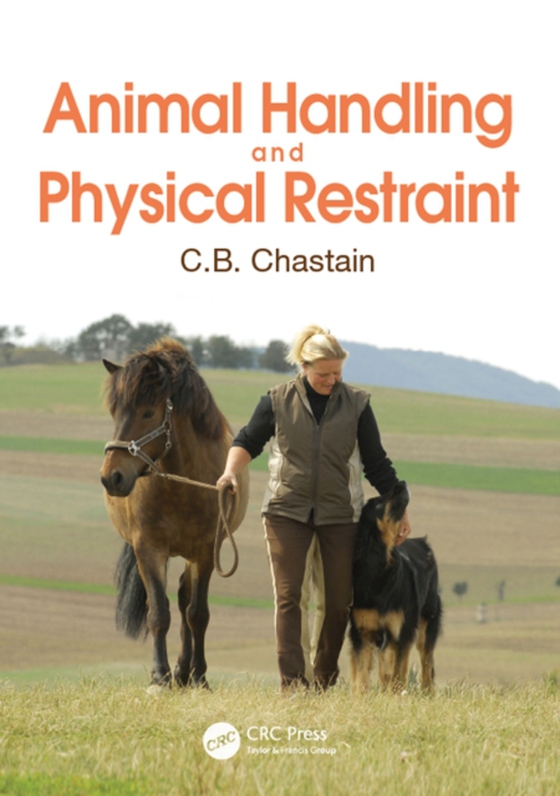
Animal Handling and Physical Restraint e-bog
359,43 DKK
(inkl. moms 449,29 DKK)
Key features: Stresses safety in handling, restraint, and containment of animalsCovers handling and restraint of all domestic and common tamed animals and provides information on normal animal behavior and welfareDiscusses how to recognize signs in animals of poor handling and containmentReviews zoonotic disease risks to animal handlers, particularly from normal-appearing animals, and how to av...
E-bog
359,43 DKK
Forlag
CRC Press
Udgivet
1 december 2017
Længde
408 sider
Genrer
Veterinary medicine: small animals
Sprog
English
Format
pdf
Beskyttelse
LCP
ISBN
9781498761949
Key features: Stresses safety in handling, restraint, and containment of animalsCovers handling and restraint of all domestic and common tamed animals and provides information on normal animal behavior and welfareDiscusses how to recognize signs in animals of poor handling and containmentReviews zoonotic disease risks to animal handlers, particularly from normal-appearing animals, and how to avoid transmission of diseaseFeatures over 200 informative line drawings for clarity and simplicity of illustrationExplains how to tie useful knots and hitches and when to use them for restraintIncludes basic ethical considerations and legal liabilities of animal handling and containmentPresents steps to prevent animal escapes, barn fires, and problems with transportAuthored by an experienced veterinary educator in clinical medicine for veterinarians, veterinary students, pre-veterinary students, veterinary technicians and technologists, animal scientists, and animal owners Proper handling and restraint are essential to the welfare of captive animals, allowing them to be examined, groomed and treated in ways that contribute to their optimum quantity and quality of life. The aim of the book is to prepare future or current veterinarians and veterinary technologists, technicians/nurses, and assistants to be able to handle animals more safely and gain the confidence of animals and their owners. In turn, they will be able to instruct owners in proper animal handling methods, reducing the risk of physical injury or mutual infectious diseases. Throughout the book, the author emphasises that each animal is an individual and each handling environment provides its own advantages and disadvantages: handling an animal safely, humanely and efficiently requires practical knowledge of the species' normal behaviour. This is explored in detail in each of the species-based chapters, which cover proper handling of domestic household and laboratory animals, as well as farm and ranch animals where safe handling aids the producer in both humane practice and greater profitability.After reading this book, the practitioner or student will be versed in the most basic part of the art of veterinary medicine: the safe handling of animals.
 Dansk
Dansk

